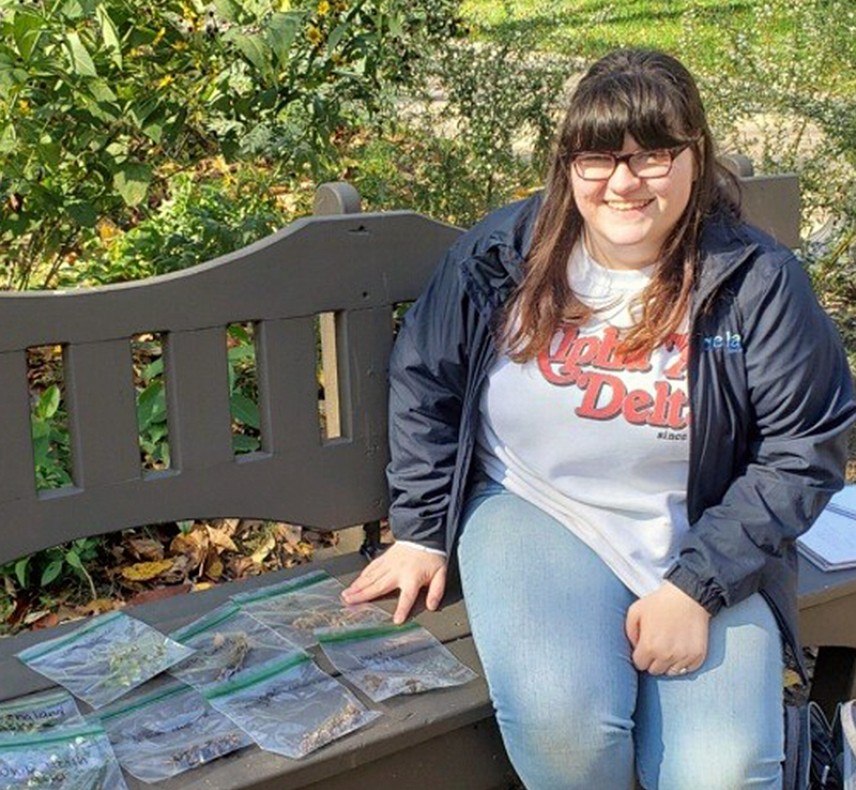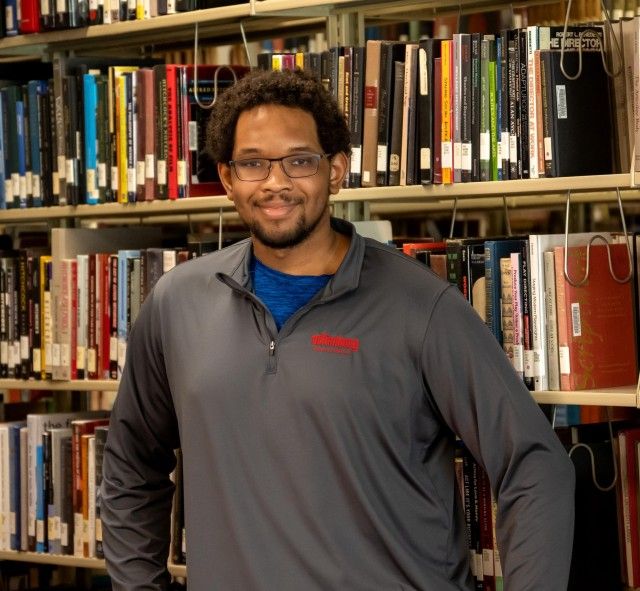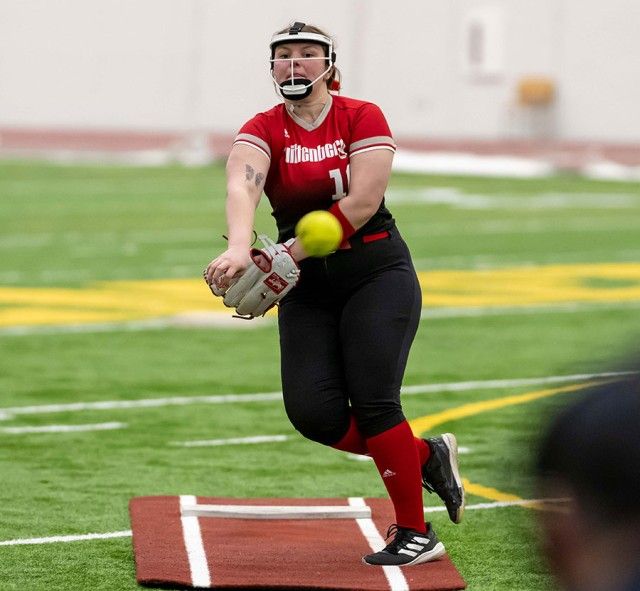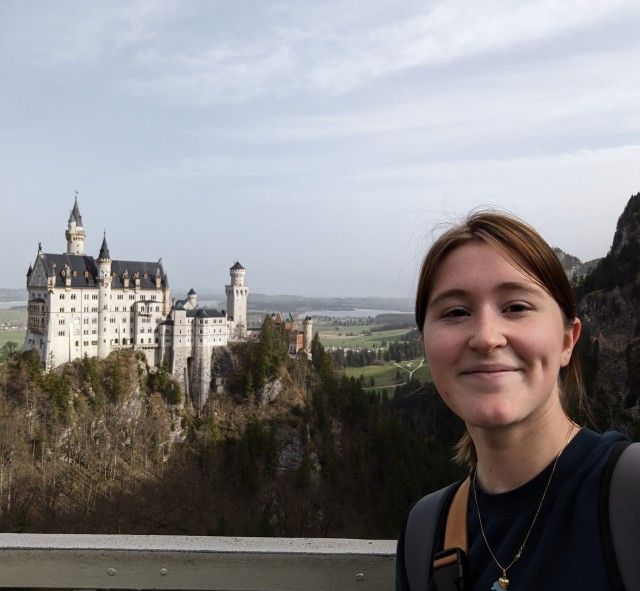Springfield, Ohio – Rachel Corsello, Wittenberg class of 2020, has found Wittenberg’s commitment to hands-on learning to be a huge door-opener, as evidenced by her recent service-learning project in her environmental research methods course being published.
“The goal of the project was to study redlining in various areas around Springfield and to be able to determine which categorization had the highest lead levels,” said Corsello, from Parma, Ohio, who graduated in May with a major in biology and a double minor in justice, law, and public policy, and environmental studies.
Over the course of 16 weeks, Corsello’s class studied soil lead levels in Springfield, Ohio. This study was carried out primarily through sampling different areas of Springfield and measuring the soil lead levels present at each location’s dripline, mid-yard, and near the street. With this information, it was possible to observe emerging patterns that arose through the Home Owner’s Loan Company (HOLC) redlining, and make assumptions based on census data. To her surprise, her article explaining the results titled “Community Engagement Concerning Soil Lead Levels” was published in The International Undergraduate Journal For Service-Learning, Leadership, and Social Change by the Journals at OPUS Open Portal to University Scholarship, Governors State University, University Park, Illinois.
“This is a part of a greater study with other universities, and a lot of the data and other writing of mine,” she said. “The original paper was actually my final project for the course. I took the data collected and wrote about how the project will help not only Springfield, but myself in my future endeavors. Dr. (Sarah) Fortner (associate professor of geology and director of environmental science at Wittenberg) encouraged me to submit it for publication, and I finally was able to finish revisions and submit it in mid-March.”
She didn't hear back for a few weeks, and when she did, she learned the good news via a link to her newly published work.
By performing the study on soil lead concentration in Springfield, Corsello and other members of the class were able to develop their capabilities as researchers, learning new research methods and applying important urban policy information to the environment.
The study surveyed different redlining areas of Springfield in order to determine any discrepancies in soil lead levels, as well as locate any areas with unsafe soil lead levels.
“By assisting in this study, I have further enhanced my skills as a scientist, gained valuable knowledge for my personal future living in urban areas, and have learned of several factors that may be of interest to me as a social scientist. I am glad that I participated in the project, mainly due to the new connection I felt to Springfield,” said Corsello, who served as the Green Senator, a member of the Green Club, the Eco-House, the Sustainability Taskforce, and a Sustainability Assistant. She also was a Peer Mentor, an Orientation Assistant, a member of Alpha Xi Delta, a 4-Paws dog handler, and an active member in academic and service honor societies during her four years at Wittenberg.
“As part of the project, we met several community members, who were so engaged and interested in the project,” she continued. “Many of them had never thought about how much lead was in their yard prior to us asking if we could sample their lawn, and I'm glad to know that many live in relatively safe areas. I'm sure those who wanted their results are, too.”
Corsello plans to continue her education at the University of Cincinnati, pursuing a master’s degree in criminal justice and later her doctorate.
“My main course of study will be focused on the causative factors of crime and determining why crime occurs and how to prevent it,” she said. “When researching this project, I found a lot of evidence that lower socioeconomic redlining areas and areas with high-lead soil levels tend to have the highest crime rates. I would be interested in working with this data more in the future to isolate the variable that causes this.
“Growing up, I was always super into the environment,” she added. “When I was in second grade, I tried my hardest to make my own environmental magazine (think Zoobooks!). Even though I obviously was too young to be a published environmental scientist, it shaped a lot of my interests. At Wittenberg, I was for a long time a biology and environmental science double major. I only dropped environmental science due to time restraints. But my classes always revolved around conservation and ecology, and as a Sustainability Assistant, I actually founded the campus pollinator patch/garden in order to increase environmental health and biodiversity by attracting pollinators. There was never one moment that really shaped my love for the environment, but so many aspects of my life revolve around it.”
Located by the back entrance to the Barbara Deer Kuss Science Center, the pollinator patch/garden is part of the Native Plants Research Garden that contains eight sections of land, allowing for eight different projects. Each plot measures six-by-six feet, and students can use more than one plot to accommodate their respective projects. Conceived and created by Associate Professor of Biology Amber Burgett, Associate Professor of Communication and Faculty Sustainability Coordinator Sheryl Cunningham, Gavin Tay ’22 of Perth, Australia and Corsello, the new space provides students with hands-on exposure to phenomena discussed in biology classrooms, as well as a place for students or faculty to conduct their own research.
“Dr. Cunningham has been my sustainability supervisor since my freshman year, and has been such an incredible role model every day since,” Corsello said. “She's challenged me to think about how eco-friendly I live, allowed me control in independent projects, and has given fantastic advice on environmental and personal questions. When I think about who at Wittenberg has made an impact on me, she's always the first person I think of.”







